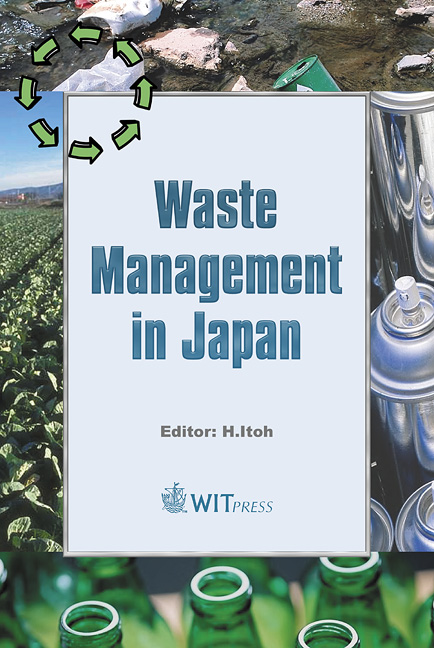Recovery Of Lead From Lead-based Electronic Ceramics By Wet Ball-mill Treatment With Acidic Solution And The Effective Use Of Metals In The Wastewater
Price
Free (open access)
Transaction
Volume
79
Pages
10
Published
2004
Size
527 kb
Paper DOI
10.2495/WMJ040041
Copyright
WIT Press
Author(s)
M. Kamiya, R. Sasai & H. Itoh
Abstract
Selective Pb recovery as a solid state PbSO4 from lead-based electronic ceramics, such as Pb(Zr0.52Ti0.48)O3 (abbreviated as PZT), PbTiO3 (PT) and PbZrO3 (PZ), was investigated by wet ball-mill treatment with H2SO4 solution. The treatment was performed using a pot mill apparatus in air at room temperature for 0-72 h with the rotational speed fixed at 300 rpm. A sample dipped in H2SO4 solution was prepared in order for the comparison with the above milled sample. The ball-mill treatment resulted in pulverization and destabilization of the PZT ceramic particles, and then both the dissolution into the H2SO4 solution and the precipitation of PbSO4 were efficiently progressed by combining mechanical activation and chemical reaction. More than 99 mass% of Pb in the ceramics was recovered as PbS4O form with a purity of about 98 mass%. Subsequently, an effective use of Zr and Ti in the wastewater generated after the ball-mill treatment was attempted. Crystalline α-Zr(HPO4)2·H2O (abbreviated as α-ZrP) and α-Ti(HPO4)2·H2O (α-TiP) were prepared by hydrothermal treatment using the metals in the wastewater. The phosphates were characterized by X-ray diffraction (XRD) analysis, scanning electron microscopy (SEM), cation exchange capacity (CEC) measurement and leaching test of lead. Keywords: lead-based electronic ceramics, lead recovery, ball-mil treatment, hydrothermal synthesis, ion exchanger.
Keywords
lead-based electronic ceramics, lead recovery, ball-mil treatment, hydrothermal synthesis, ion exchanger.




